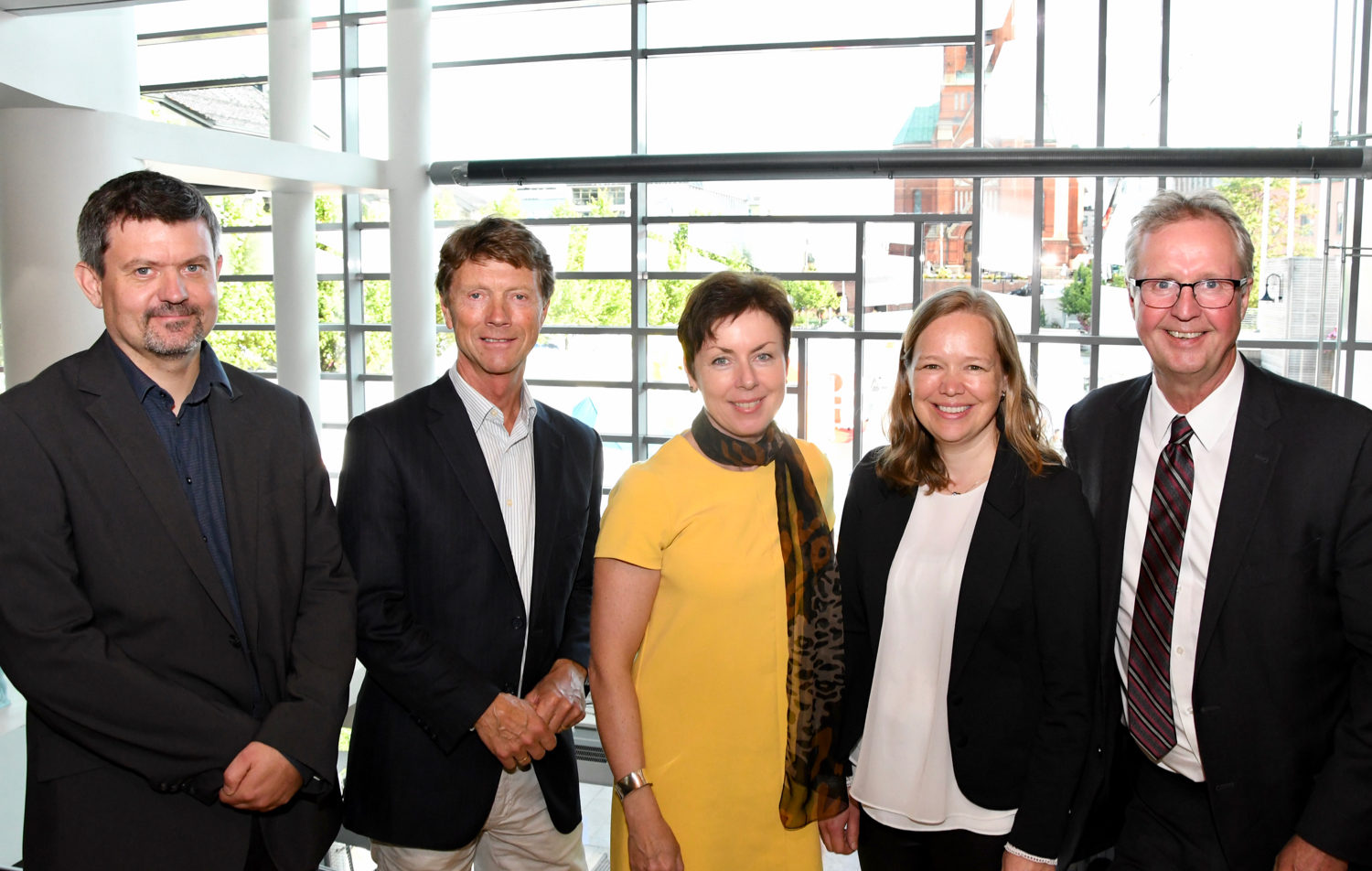Five leading research institutions merge into one large. The institutions are Uni Research (Bergen), Christian Michelsen Research (Bergen), IRIS (Stavanger), Agderforskning (Kristiansand) and Teknova (Grimstad/Kristiansand).
CEO of Teknova, Thor Arne Håverstad, says the new research giant will be a major player in research activities related to digital transformation, ocean space, oil and gas and renewable energy.
“This combined with other research areas, such as environmental impact, climate developments and the development of our society, make us quite unique. GCE NODE and its participating companies will benefit from having a bigger research partner with more complementary competence,” says Håverstad.
The merger is based on an agreement reached by the owners of the five institutes; University of Bergen, Stiftelsen Universitetsforskning, University of Stavanger, Stiftelsen Rogalandsforskning, University of Agder, Stiftelsen Agderforskning and several private companies.
The new research company will have a turnover of more than NOK 1 Billion and employ more than 900 people with extensive research expertise in a number of disciplines, especially within different technologies.
“The company will be significantly more powerful, better coordinated and positioned than the five companies were individually. Research is an increasingly international market, which makes size relevant. The new company will also be able to contribute positively to the cooperation with the high-tech industry clusters in southern Norway,” says Seunn Smith-Tønnessen, Director at the University of Agder.
Two of the five companies involved in the merger are IRIS and Teknova, both GCE NODE participants. CEO of IRIS, Kristin Flornes, describes the merger as ‘a necessity’.
“We need to build bigger and stronger entities. The new company will cover several disciplines with a combined larger number of competent people. This will enable us to compete internationally,” says Flornes.
A decision on the name and logo of the new institution is supposed to be ready in January. The new CEO will probably be announced sooner. The end result of the merger is a fully integrated company with regional strongholds in the south and west of Norway.
“Building larger research institutions is essential for a small country like ours. We will now have two Norwegian research giants. They will enter in to a healthy competition for projects and funding, which will benefit both companies and Norway,” said Minister of Industry and Trade Monica Mæland when the merger was made public at an event during Arendalsuka last August.



